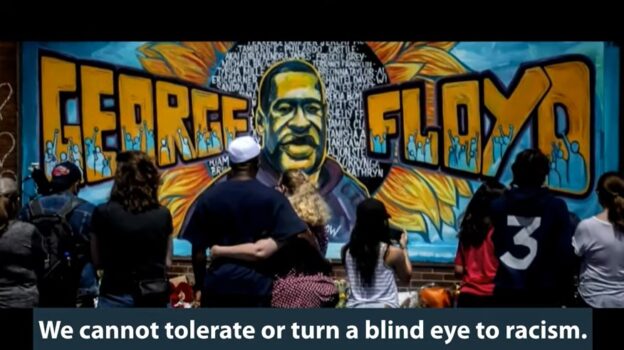
The Past, Present, and Future of Black Catholics in the United States
By Joan Neal
November 30, 2020
Black Catholic history is Catholic Church history in this country, although the Church has failed to teach this foundational story. Well before 1619, there were Black Catholics on American soil, beginning with four soldiers who arrived in 1543 in what is now Florida, Texas and Arkansas. They were all Spaniards. Three were white and one, Esteban (Stephen), was Black – and a slave. All were Catholics when they arrived. Clearly then, not all Catholics who crossed the Atlantic were white.
A Spanish settlement was established in St. Augustine, Florida that included fellow Spaniards, Native American, and Black people, slave and free. In The History of Black Catholics in the United States, Cyprian Davis, O.S.B. wrote that the community and the church of the same name, became the first and oldest home for Black Catholics in the United States.* Over time, archeological excavations in the areas around St. Augustine have uncovered sacramental registers and parochial records for the period 1565-1763. These are the oldest ecclesial records in the United States, and include irrefutable documentation of Black people in the community. Long before the Mayflower arrived in 1620, Black Catholics were in the New World.
Over time, the Catholic Church grew among Black Americans, especially in the South. Despite the persistence of racism and white supremacy, Black people, slave and free, found their “church home” in the theology, ecclesiology and sacramental life of Catholicism. Families passed down the faith from generation to generation, resulting in many Black “cradle Catholics.” The Church evangelized in the community, becoming one of the only avenues for education for Black children.
Through slavery, emancipation, reconstruction and civil rights, Black Americans continued to embrace Catholicism. They brought their faith with them during the Great Migration (1916-1970) from the South to North and by 1970 there were more Black Catholics in Chicago than in New Orleans or Baltimore. But, just as in the South, Northern white Catholics failed to accept them, abandoned their urban parishes as Black people moved in, and fled to the suburbs.
Today, there are more than 3 million U.S. Black Catholics (4% of the Catholic population), 7 active Black Bishops (3.2% of Bishops); 250 Black priests (1% of the nation’s priests) and 1 Cardinal, Cardinal Wilton Gregory of Washington, DC who just became the first Black Cardinal in the history of the Roman Catholic Church in the United States.
It is a testament to the depth of faith, moral fortitude and commitment to the institution that Black Catholics have remained in this Church that has never recognized their history as its own. But the day of reckoning is coming, when the Catholic Church in America will have to face its own participation in and complicity with the sin of racism, make a sincere act of contrition and begin the arduous process of reparation for the harm done to one of the oldest group of Catholics in this country.
*Cyprian Davis, O.S.B., The History of Black Catholics in the United States, (New York, The Crossroad Publishing Company, 1990), 28-31







